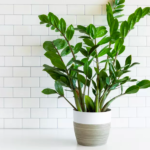The Money Tree, or Pachira aquatica, is an incredibly resilient and adaptable plant, but many people don’t know how to care for it properly, leading to common issues like leaf yellowing. Don’t worry, though; we’ve got you covered with our comprehensive guide on addressing and preventing this issue.
1 Reasons for Leaf Yellowing in Money Trees
Overwatering
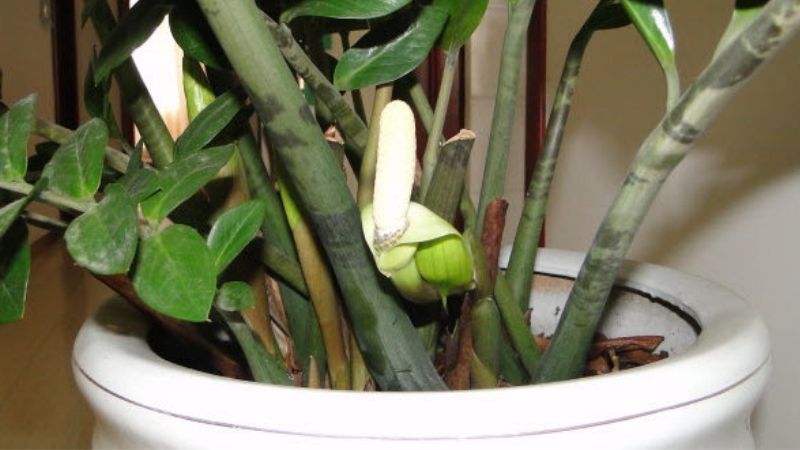 Money Trees are succulent plants and do not require frequent watering.
Money Trees are succulent plants and do not require frequent watering.
Overwatering is a common issue with Money Trees as they are succulents with excellent drought tolerance and can survive in low-water conditions. Therefore, they are not suited for wet environments, and overwatering or waterlogged soil can lead to root rot and leaf yellowing.
Signs of overwatered Money Trees include blackened, rotting roots, and dark yellow, mushy leaves.
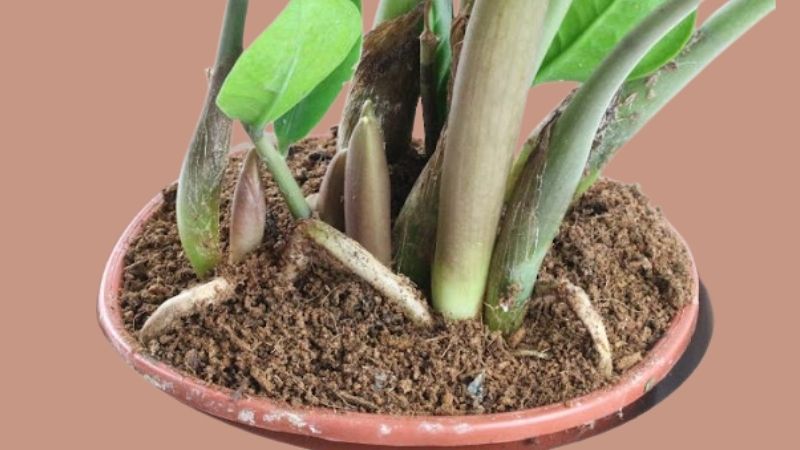 Money Tree suffering from overwatering.
Money Tree suffering from overwatering.
Prolonged Water Deficiency
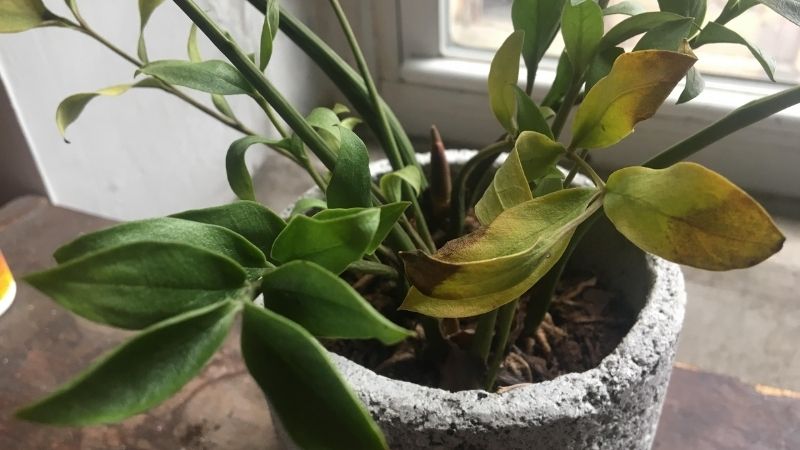 Money Tree suffering from water deficiency.
Money Tree suffering from water deficiency.
Just as overwatering can be an issue, underwatering your Money Tree for extended periods can also lead to leaf yellowing. When deprived of water, the tree uses its water reserves in the stems and leaves, limiting water supply to older leaves, causing them to yellow and drop.
Additionally, exposure to intense sunlight or high temperatures, as well as proximity to electronic devices like ovens, heaters, or lamps, can contribute to leaf yellowing or scorching.
Leaf scorch due to excessive sunlight is evident by patchy yellowing, while fading to light yellow and rapid leaf drop indicate severe water deficiency.
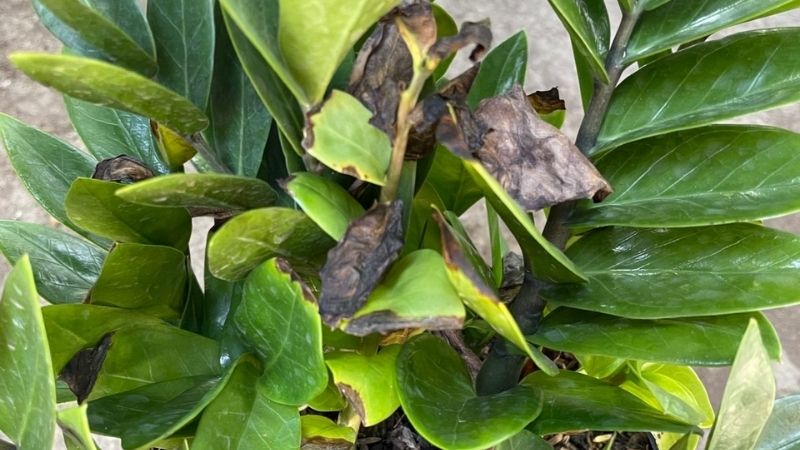 Money Tree suffering from leaf scorch.
Money Tree suffering from leaf scorch.
2 Caring for Your Money Tree to Address Leaf Yellowing
For Overwatered Money Trees
 Money Tree suffering from overwatering.
Money Tree suffering from overwatering.
Prepare a new pot with well-draining, airy soil. Remove any rotted leaves, carefully take the tree out of its current pot, shake off excess soil, and replant it in the new pot. Refrain from watering the tree for a while.
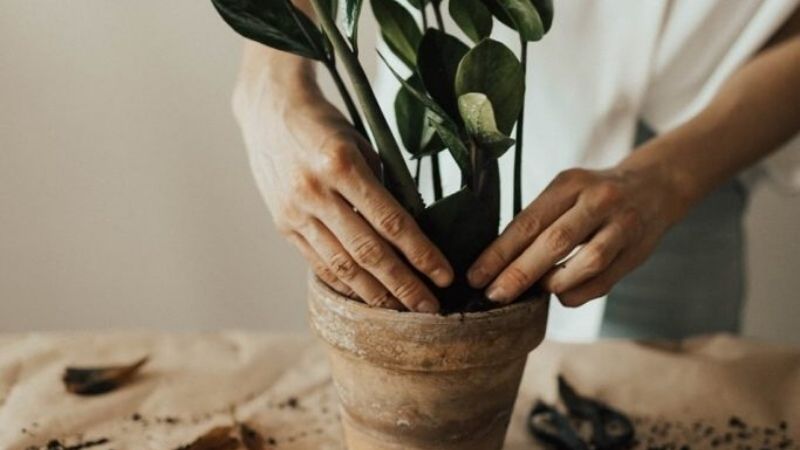 Caring for an overwatered Money Tree.
Caring for an overwatered Money Tree.
For Prolonged Water Deficiency
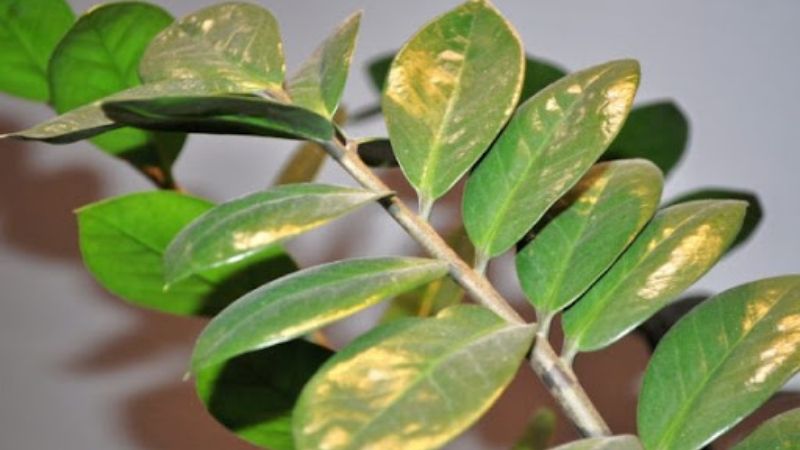 Money Tree suffering from water deficiency.
Money Tree suffering from water deficiency.
Simply provide your tree with adequate water, but be careful not to overwater it again. Water the tree once a day, and every 2-3 days thereafter, but avoid exposing it to direct sunlight right after watering or watering it while it’s in direct sunlight.
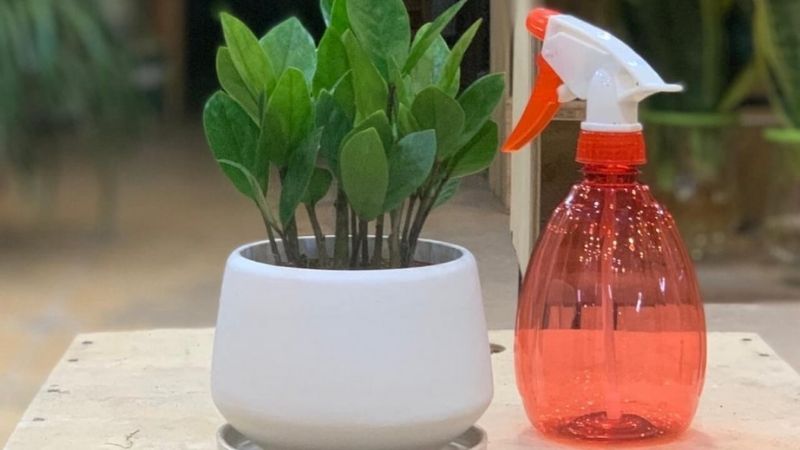 Watering a water-deficient Money Tree.
Watering a water-deficient Money Tree.
For Root or Stem Rot
 Money Tree with root rot.
Money Tree with root rot.
If you notice signs of root rot, such as yellow leaves, a leaning tree, or an unpleasant odor, it’s time to take action. Remove the tree from the soil and prune away any rotted roots; if the rot is severe, you may need to remove all roots, but don’t worry, they will grow back. You can also use a root-stimulating solution for peace of mind.
Next, prepare a new soil mix of sandy soil, coconut coir, sawdust, rice husk ash, and organic fertilizer. Maintain slight moisture in the soil for the first 2-3 days by lightly watering it.
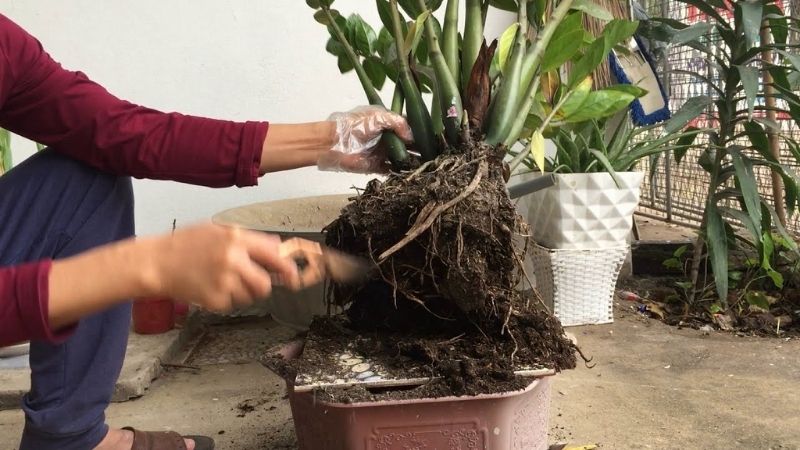 Caring for a Money Tree with root rot.
Caring for a Money Tree with root rot.
If the entire stem is affected by rot, the only option is to purchase a new sapling or propagate a new tree from a leaf.
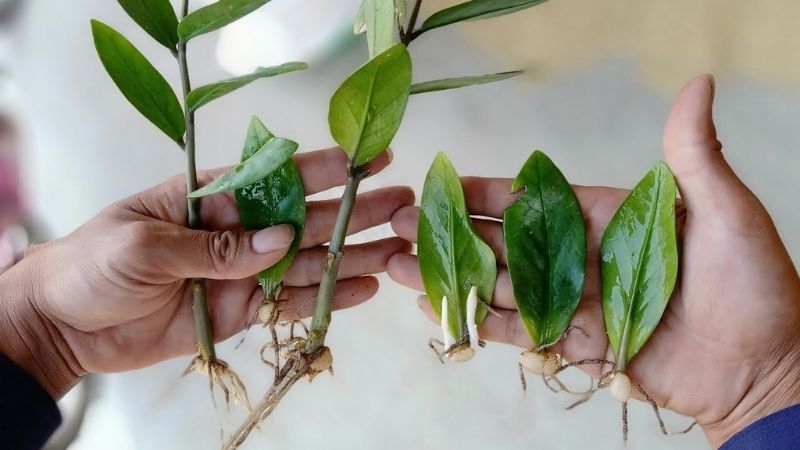 In severe cases, consider buying a new sapling or propagating from a leaf.
In severe cases, consider buying a new sapling or propagating from a leaf.
For Pest Infestations
 Money Tree infested with pests.
Money Tree infested with pests.
Money Trees are susceptible to pests like red spider mites, whiteflies, and spiderwebs on the leaves’ surfaces and undersides. For minor infestations, you can manually remove the pests and webs, spray or wipe the leaves with water, and prune affected leaves to prevent the spread.
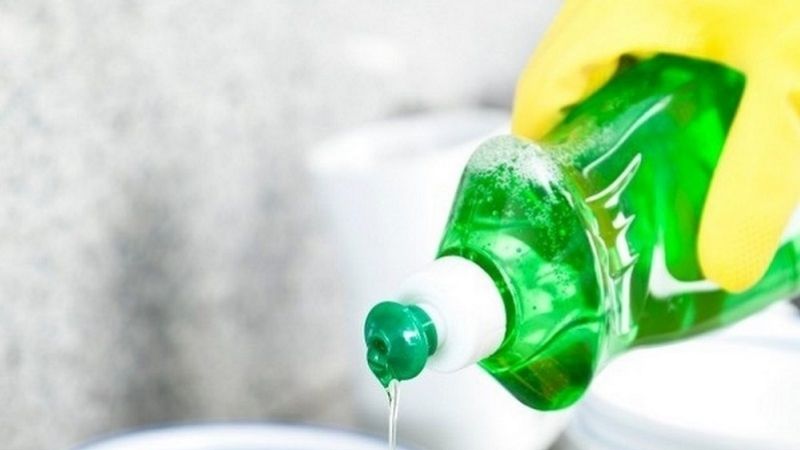 Mixing a soap solution to treat pest-infested Money Trees.
Mixing a soap solution to treat pest-infested Money Trees.
For more severe infestations, use an insecticide to protect your tree.
We hope this guide helps you address leaf yellowing in your Money Tree and wish you success in nurturing a healthy and vibrant plant!
Don’t discard the yellowing tree, water it with this and it will thrive and attract wealth.
Indoors, many people grow ornamental plants to purify the air and hope to attract good luck and fortune according to feng shui beliefs. The greener and healthier the plants, the more they help the homeowner encounter luck, whereas having yellow or dead leaves on plants is considered bad luck in feng shui practices.



























